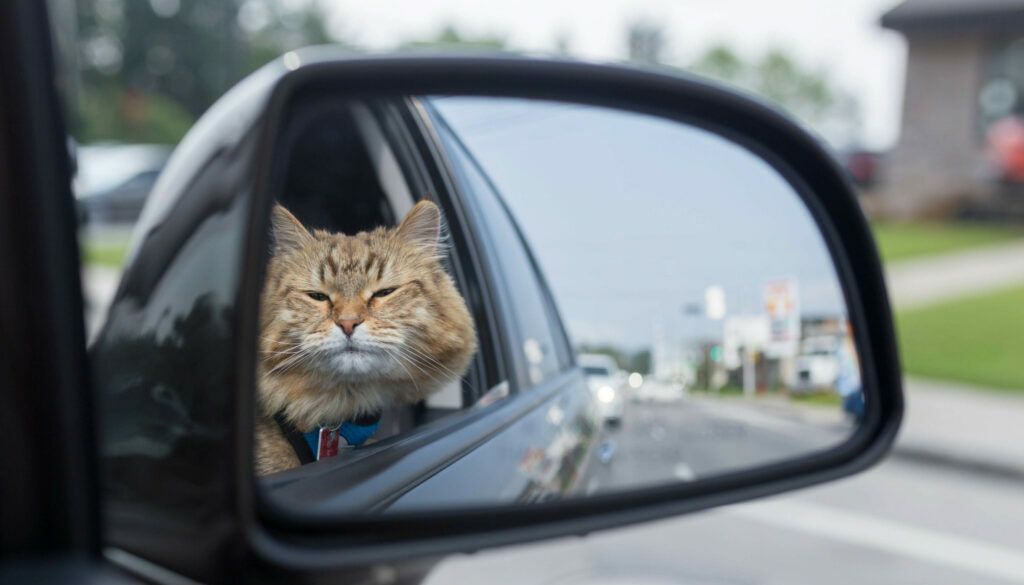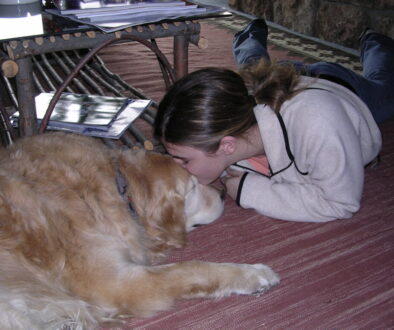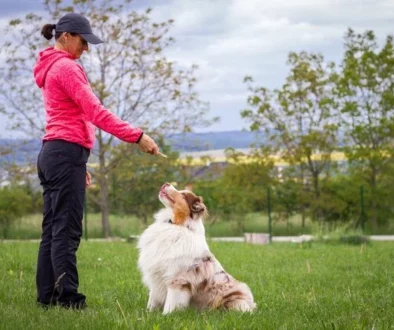Training a Cat to Stay Calm During Car Rides
Teaching your feline companion can be a challenging task, but training a cat to stay calm during car rides is essential for a stress-free travel experience. Car rides can be a highly stressful experience for cats, leading to fear, anxiety, and even physical discomfort. Whether it’s a trip to the vet or a family vacation, it’s important to train your cat to stay calm in the car to ensure their well-being. With the right approach and techniques, you can help your feline companion overcome their car ride anxiety and make each journey a more pleasant experience for both of you.
Understanding the Importance of Keeping Your Cat Calm During Car Rides
Cats are known for their sensitivity to change and their territorial nature. Being confined within a moving vehicle can trigger their natural instinct to flee or defend themselves. This can result in various distressing behaviors, such as pacing, meowing excessively, drooling, vomiting, and even attempting to escape from the carrier. Furthermore, prolonged anxiety and stress during car rides can negatively affect your cat’s physical and emotional well-being.
To ensure a calm and enjoyable car ride for your cat, it’s crucial to gradually desensitize them to the experience and create positive associations with traveling. By following a step-by-step training process, providing a safe and comfortable environment, and addressing any specific anxieties or discomforts, you can help your cat become a seasoned traveler.
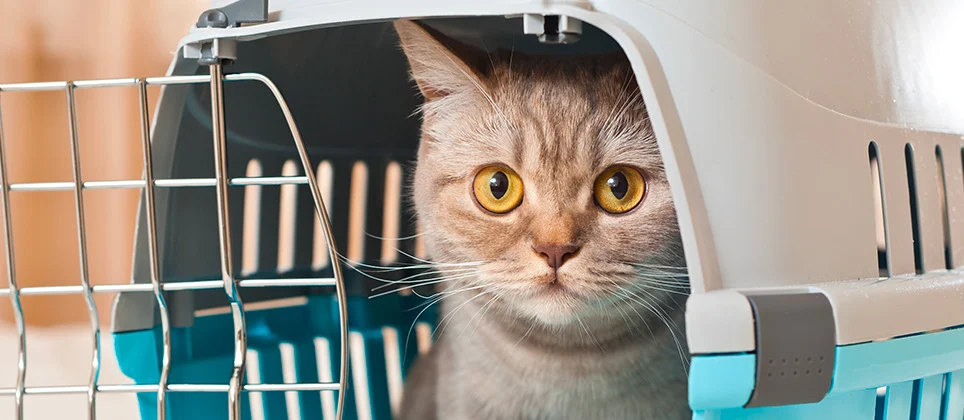
Preparing Your Cat for Car Rides: Gradual Desensitization and Positive Reinforcement
Recognizing your cat’s anxiety triggers:
- Identifying specific events or stimuli that trigger anxiety in your cat, such as loud noises or unfamiliar environments.
- Keeping a journal to note down any patterns or common triggers to address during the training process.
Creating a positive association with the car and carrier:
- Placing the carrier in a visible and accessible location within your home.
- Gradually introduce positive stimuli, such as treats, toys, and bedding, inside the carrier to entice your cat.
Practicing short car rides and gradually increasing the duration:
- Start with short car trips around the block to help your cat acclimate to the sensations and sounds of the car.
- Gradually increase the duration of the rides, ensuring your cat remains calm and comfortable throughout the process.
Rewarding calm behavior and providing comfort during the rides:
- Praising and rewarding your cat with treats or affection whenever they exhibit calm behavior or show signs of relaxation.
- Provide familiar items, such as bedding or clothing with your scent, inside the carrier to create a comforting environment.
Ensuring a Safe and Comfortable Environment in the Car
Securing the carrier properly:
- Use a sturdy carrier that is appropriate for your cat’s size and allows proper ventilation.
- Securing the carrier safely in the car to prevent it from sliding or tipping over during the ride.
Providing a comfortable and familiar space inside the carrier:
- Adding familiar bedding or clothing with your scent to provide comfort and reassurance.
- Ensuring the carrier is spacious enough for your cat to stand, lie down, and turn around comfortably.
Using soothing scents and calming music:
- Using pheromone sprays or diffusers that mimic the natural calming scents produced by cats to reduce anxiety.
- Playing soft classical music or specially designed cat-calming: music to create a soothing atmosphere.
Avoiding excessive noise and vibrations:
- Minimizing external noises, such as honking or loud music, by closing windows or using soundproofing materials.
- Use shock-absorbing materials, such as foam pads or blankets, underneath the carrier to dampen vibrations.
Minimizing Motion Sickness and Discomfort
Feeding your cat a light meal before the ride:
- Offer a small meal a few hours before the car ride to prevent an empty stomach, which can contribute to motion sickness.
Avoiding car rides immediately after meals:
- Allow sufficient time for your cat to digest their food before embarking on a car journey.
- Planning car rides during your cat’s regular feeding schedule to avoid disruptions.
Using vet-recommended motion sickness medications:
- Consult with your veterinarian to determine if medication is necessary to alleviate your cat’s motion sickness symptoms.
- Administering medications as instructed by your veterinarian and monitoring any side effects.
Providing proper ventilation and fresh air circulation:
- Ensuring the car windows are partially open or using a car vent to maintain fresh air circulation.
- Avoid direct exposure to cold drafts or strong airflow that may cause discomfort to your cat.
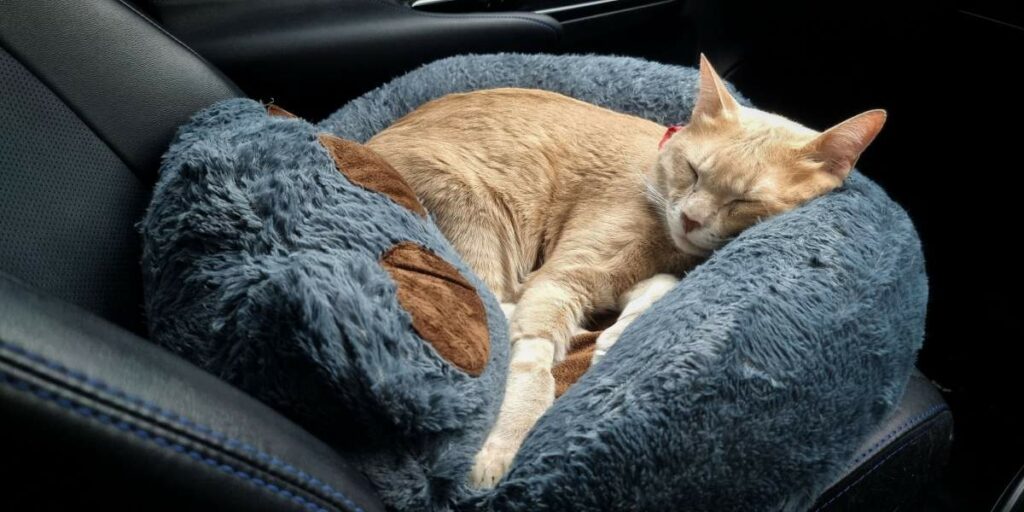
Creating a Calming Travel Routine
Establishing a pre-car ride routine:
- Creating a consistent routine that involves preparing the carrier, giving your cat time to explore the carrier, and providing treats or positive reinforcement.
- Building anticipation for the car ride by incorporating specific cues or phrases that signal it’s time to get ready.
Using pheromone sprays or calming aids:
- Applying cat-calming pheromone sprays or using pheromone diffusers in the car to help create a calming environment.
- Exploring other natural calming aids, such as herbal supplements or essential oils, under the guidance of a veterinarian.
Ensuring regular bathroom breaks and hydration:
- Offer your cat the opportunity to relieve themselves before the car ride to minimize discomfort.
- Providing fresh water in a spill-proof container during longer journeys to prevent dehydration.
Providing distractions and mental stimulation:
- Offering interactive toys, puzzle feeders, or treat-dispensing toys to keep your cat engaged and distracted during the ride.
- Engaging in gentle play or providing a handheld laser pointer to redirect your cat’s focus.
Counteracting Travel Anxiety and Stress
Identifying signs of anxiety and stress in your cat:
- Observe your cat’s body language and behavior to identify signs of anxiety, such as dilated pupils, excessive grooming, or aggression.
- Recognizing stress-related behaviors, including excessive panting, drooling, or unusual vocalizations.
Implementing relaxation techniques, such as massage or brushing:
- Gently massage your cat using long, soothing strokes to promote relaxation and reduce muscle tension.
- Brushing your cat’s fur with a soft brush or grooming glove to simulate the comforting sensation of being groomed by their mother.
Using anxiety-reducing supplements or natural remedies:
- Consult with your veterinarian to explore the use of natural remedies, such as herbal supplements or calming pheromone collars.
- Consider anxiety-reducing products, such as anxiety wraps or vests, that provide gentle pressure to help alleviate anxiety.
Consulting with a veterinarian for additional support:
- Seeking professional advice if your cat’s anxiety and stress during car rides persist or worsen.
- Discuss potential prescription medications or alternative therapies that may be appropriate for your cat’s specific needs.
Dealing with Unexpected Situations and Emergencies
Understanding the importance of a cat-friendly ID tag:
- Ensure your cat wears an ID tag or has a microchip with up-to-date contact information in case they escape during a car ride.
- Including pertinent medical information, such as allergies or medication requirements, on your cat’s ID tag.
Preparing a cat travel kit with the necessary supplies:
- Packing a travel kit that includes essentials such as food, water, litter, medication, a first aid kit, and familiar comfort items.
- Storing important documents, such as vaccination records and emergency contact information, in a waterproof bag.
Knowing how to handle emergencies or accidents:
- Familiarize yourself with basic pet first aid techniques, including CPR and proper handling of injuries.
- Keep a list of emergency veterinary clinics or hospitals along your travel route.
Having a backup plan for alternative transportation options:
- Research and planning alternative methods of transportation, such as pet-friendly airlines or train services, in case of car rides, continue to be a challenge.
- Considering the use of professional pet transport services for long-distance journeys or situations where you are unable to accompany your cat.
Maintaining a Positive Attitude and Patience
Acknowledging that every cat is different:
- Understand that each cat will have their unique temperament, challenges, and pace of progress.
- Avoiding comparisons and focusing on your cat’s individual needs and progress.
Celebrating small achievements and progress:
- Praising and rewarding your cat for every small step they take towards becoming more comfortable and calm during car rides.
- Keeping a positive mindset and expressing patience throughout the training process.
Staying calm and confident during car rides:
- Projecting a calm and confident demeanor during car rides to help reassure and comfort your cat.
- Avoid displaying any signs of nervousness or anxiety, as cats are highly perceptive of human emotions.
Seeking professional help if needed:
- Consult with a certified animal behaviorist or veterinarian if your cat’s car ride anxiety persists or becomes unmanageable.
- Exploring the possibility of behavior modification techniques or additional medical interventions to address underlying anxiety or fear.
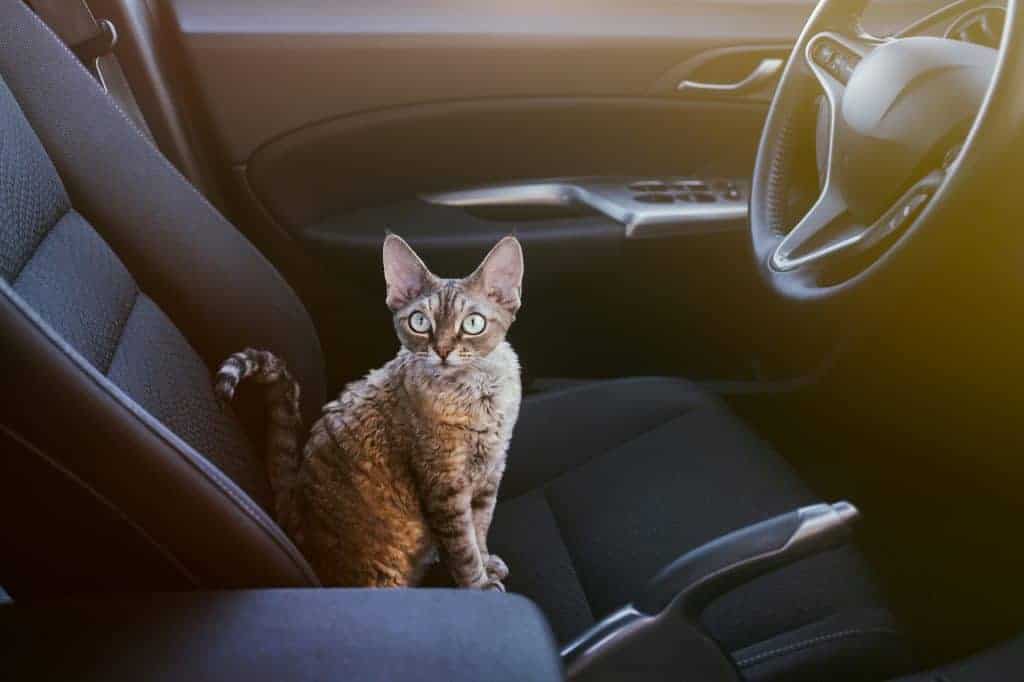
Conclusion
Training a cat to stay calm during car rides requires patience, dedication, and a thorough understanding of your cat’s individual needs and triggers. By gradually desensitizing your cat to the car, providing a safe and comfortable environment, and addressing motion sickness and anxieties, you can help your feline friend enjoy car rides with minimal stress and discomfort. Remember to maintain a positive attitude, celebrate every small achievement, and seek professional assistance if necessary. With time and effort, your cat can become a confident and calm traveler.
FAQs
Q: Can I use sedatives to calm my cat during car rides?
A: Sedatives should only be used under the guidance of a veterinarian, as they can have varying effects on different cats. It’s important to consider the potential risks and weigh them against the benefits.
Q: My cat gets excessively anxious even during short car rides. What should I do?
A: In such cases, it’s recommended to consult with a veterinarian or a certified animal behaviorist who can assess your cat’s specific needs and recommend appropriate behavior modification techniques or medications.
Q: Is it necessary to acclimate my cat to a carrier before car rides?
A: Yes, acclimating your cat to the carrier beforehand is crucial. It helps create a positive association and a safe space for your cat during car rides.
Q: How long does it usually take to train a cat to stay calm in the car?
A: The time required to train a cat to stay calm during car rides can vary depending on the cat’s personality, past experiences, and the extent of their anxiety. It can take weeks or even months of consistent training.
Q: Can I use essential oils or scented products in the car to calm my cat?
A: While some essential oils or scented products may have calming effects on cats, it’s important to research and use them cautiously. Certain scents can be overwhelming or even toxic to cats, so always consult with a veterinarian before using any new products.
Also Read:
Pet Care Tips for Cats for Beginners
Pet Care Tips for Dogs for Beginners
